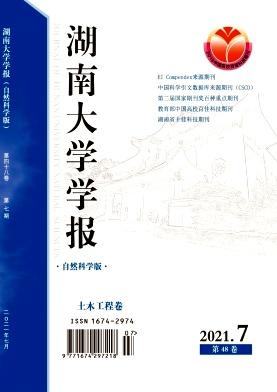Factors Influencing the Behavioural Intention of Patients with Chronic Diseases to Adopt IoT-Healthcare Services in Malaysia
引用次数: 0
Abstract
The Internet of Things (IoT) in healthcare is the newest trend in the healthcare market. IoT allows healthcare providers to expand their reach beyond the usual clinical environment. They are driven to maximize the possibilities of digitally linked healthcare services to improve the user experience, diagnostic accuracy, and communication among healthcare professionals. Sensors, wearables, and health monitors have made healthcare cheaper, faster, and more effective. Despite the privileges of the IoT in healthcare services, the adoption rate of these services is still in the early stages. The aim of this research was to examine the adoption of IoT-enabled healthcare services among Malaysian chronic patients. To achieve this purpose, the study offered an integrated framework to investigate the influence of the identified factors on Behavioural Intention (BI) to adopt IoT healthcare services. The novelty lies in combining the Unified Theory of Acceptance and Use of Technology (UTAUT), the Theory of Organizational Environments for Technology Adoption (TOE), and the Social Exchange Theory (SE). Patients in Malaysia dealing with chronic illnesses were the subjects of an online survey. Eleven predicted predictive constructs' impacts were investigated using partial least square structural equation modeling. The findings revealed that individual and technological factors and their dimensions, significantly affected chronic disease patients’ BI toward IoT-healthcare services adoption. Similar results were observed for the effect of BI on Use Behaviour (UB). Meanwhile, trust partially mediated the effect of individual and technological-related factors on BI.马来西亚慢性病患者采用物联网医疗服务行为意向的影响因素
医疗保健领域的物联网(IoT)是医疗保健市场的最新趋势。物联网使医疗保健提供者能够将其覆盖范围扩展到通常的临床环境之外。他们致力于最大限度地发挥数字链接医疗保健服务的可能性,以改善用户体验、诊断准确性和医疗保健专业人员之间的沟通。传感器、可穿戴设备和健康监测仪使医疗保健变得更便宜、更快、更有效。尽管物联网在医疗服务中享有特权,但这些服务的采用率仍处于早期阶段。这项研究的目的是检查马来西亚慢性病患者采用物联网医疗服务的情况。为了实现这一目的,该研究提供了一个综合框架,以调查已确定的因素对采用物联网医疗服务的行为意向(BI)的影响。新颖之处在于结合了技术接受和使用的统一理论(UTAUT)、技术采用的组织环境理论(TOE)和社会交换理论(SE)。一项在线调查的对象是马来西亚的慢性病患者。使用偏最小二乘结构方程模型研究了11个预测结构的影响。研究结果显示,个人和技术因素及其维度显著影响慢性病患者对物联网医疗服务采用的BI。BI对使用行为(UB)的影响也观察到了类似的结果。同时,信任在一定程度上介导了个体和技术相关因素对BI的影响。
本文章由计算机程序翻译,如有差异,请以英文原文为准。
求助全文
约1分钟内获得全文
求助全文

 求助内容:
求助内容: 应助结果提醒方式:
应助结果提醒方式:


